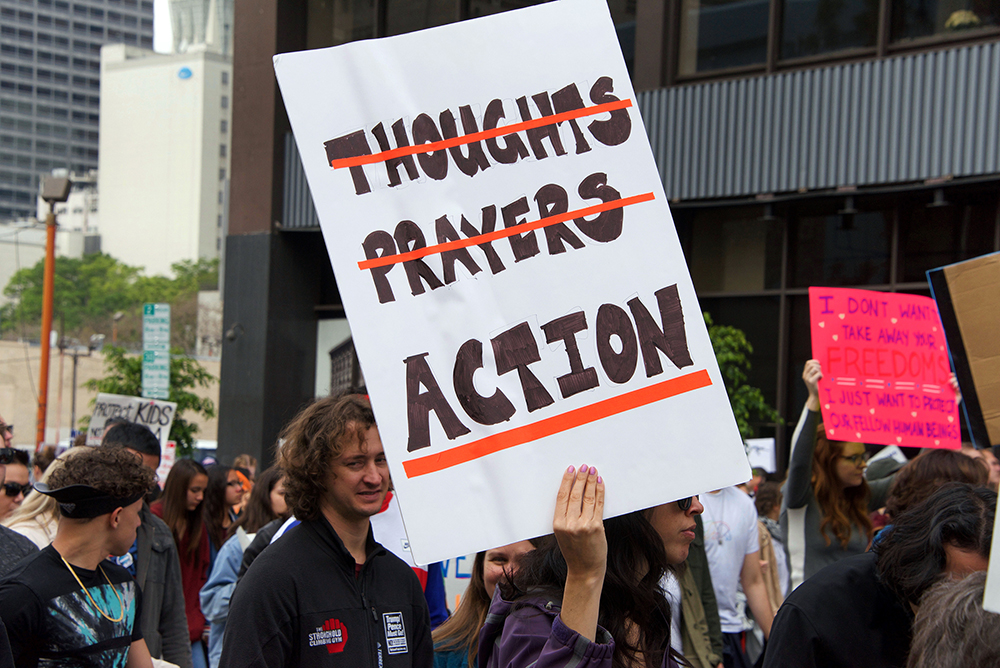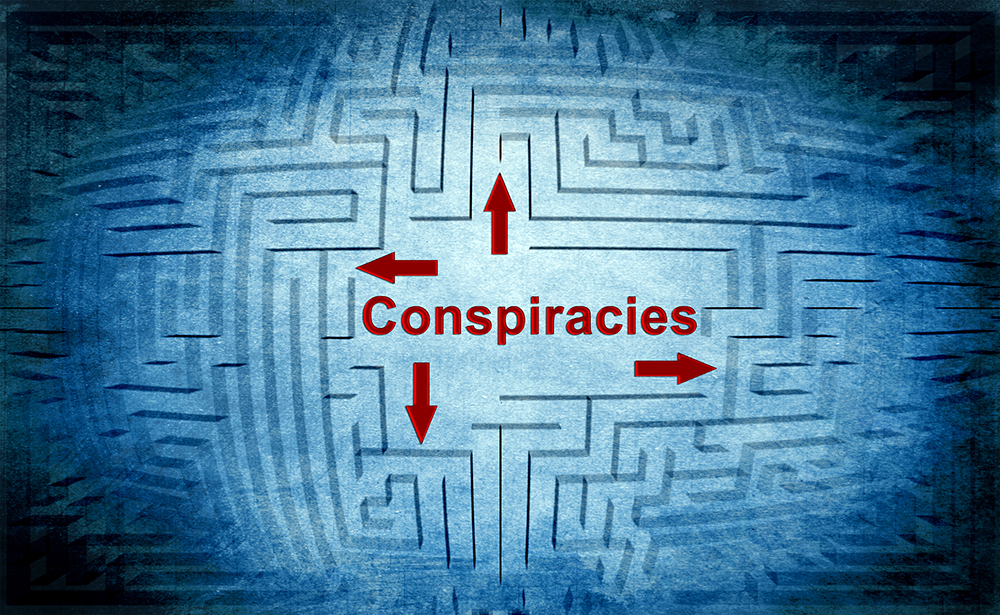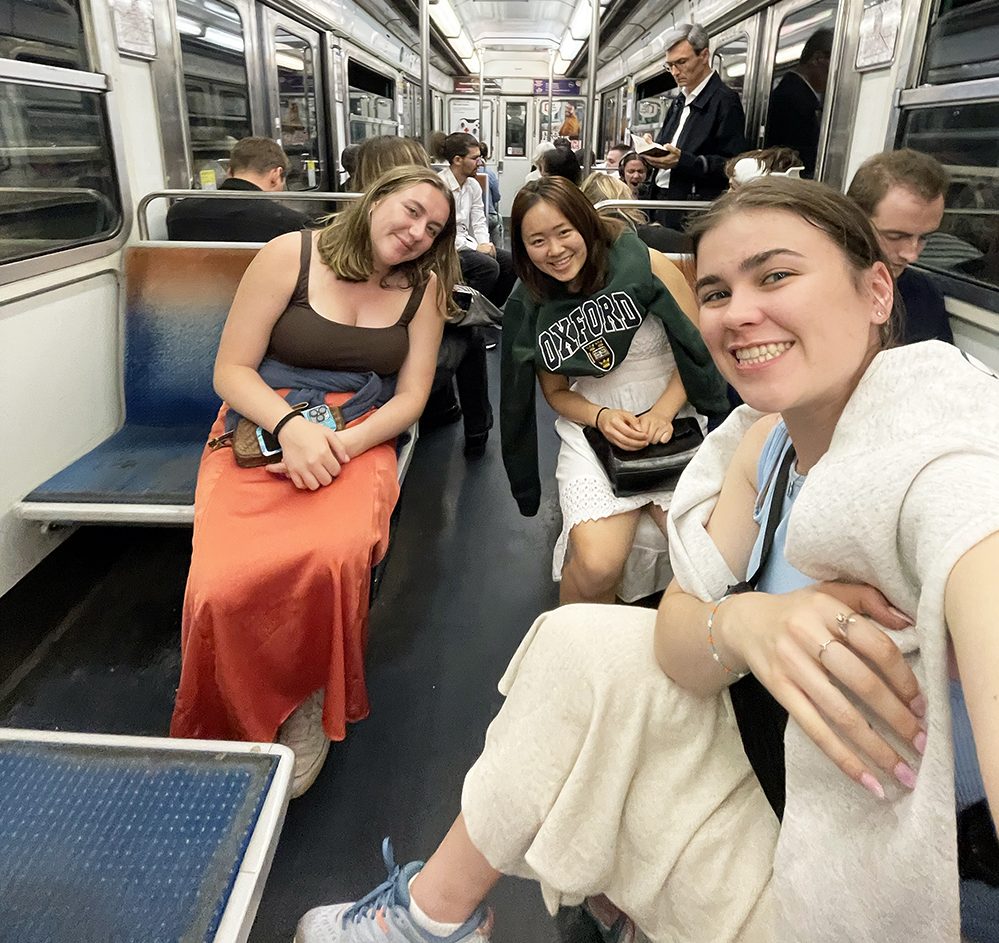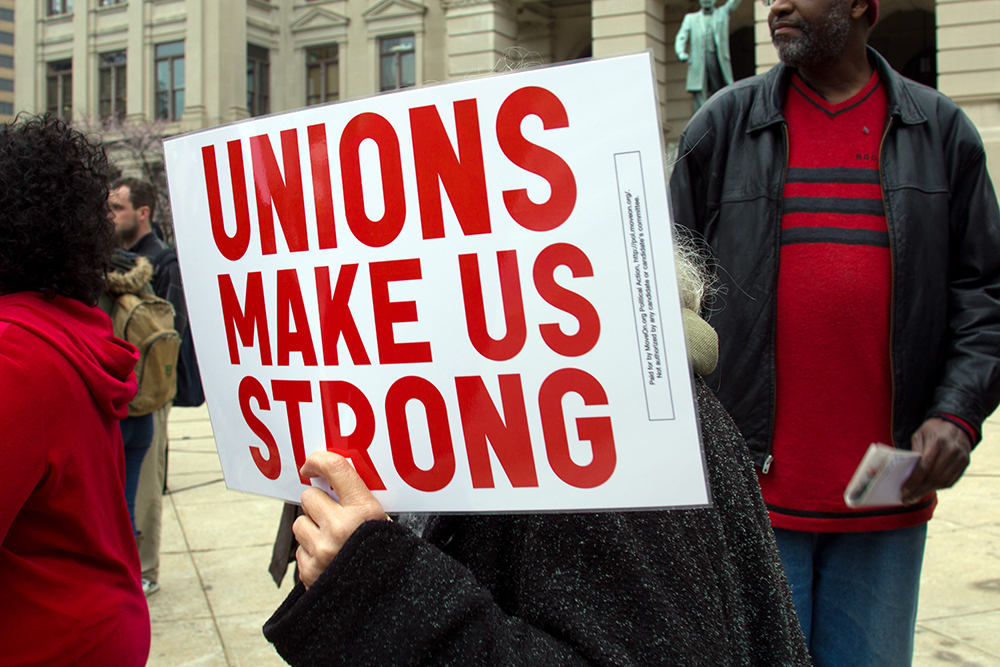It’s time for another intentional tween/teen-friendly Memphis weekend! My kids are 15, 11, 11 (twins), and 10 years old. While most weekends they are content to stay home in their pajamas and play video games, every once in a while, they’ll beg me for a good time. I try my best to find fun, safe, and wallet-friendly places for my kids to enjoy themselves. So here’s to another fun weekend!
Friday — Memphis Public Library
The Memphis Public Library is one of the most underused resources in Memphis for tweens/teens (in my opinion). Did you know that most library branches have drones, 3D printers, sewing machines, crafts, gaming systems, and so much more available for our kids? Well, they have all of those things. They also have writing clubs, exercise groups, knitting clubs, robotics teams, movie days, D&D, trivia, gardening, chess club, cooking classes, and more. And the best thing is, everything is free. I’ll say it louder for the people in the back, everything is free! I mean, if you can name it, the Memphis Public Library probably has it.
Whenever I am looking for something for my kids to do, I always check the library first. Simply go to memphislibrary.org. Next, click on ‘Events’ and then on ‘Calendar of Events’. My home library is the Raleigh Branch Library. But the Cordova, Hollywood, East Shelby, and Benjamin L. Hooks Central branches are poppin’, too!
Don’t get me started on the 901 Cloud. My kids love that place! They appreciate the Homework Helpers that help them with their homework. After they have “stood on business” and finished their work, they engage in their favorite hobbies and even play with VR goggles!
As for me, I absolutely love the Raleigh Branch Sewing Club! I have made an apron, pot holder, bag, key chain, and a catch-all bucket. I’m so proud of myself and my newly learned abilities.

Saturday — Sift Bakery
I have two clear sets of children. One set of kids is very adventurous. They love going outside to play. They are my bikers, skaters, trampoline jumpers, and builders of random things in the front and back yard. They get bored easily, but also have the greatest imaginations. After putting in a full week’s worth of ‘work’ at school, they are ready to let loose on the weekends. The other two kids, however, find value in doing absolutely nothing. If you were to ask them their perfect outing, it would include the exact same things they can do at home. In their words, “I like to do ‘at home’ stuff, but just in different places.” So when my adventurous kids complain that they’re bored, but my relaxed duo are … well, relaxing, I try to think of something to appease the adventurers without disturbing the others’ relaxed peace. And there’s only one place I can think of that will put a smile on all of their faces — Sift Bakery! My kids love nothing more than grabbing their Nintendo Switches and heading to a local bakery. We pick up some of those fancy spiral croissants, a few macaroons, and any other delicious treats Lala has baked up and head to a local park. My adventurous kids get to snack on amazing delicatessens and run around the park, while my relaxed kids enjoy their treats and don’t miss a single beat of their video games. Bada-bing! Everyone is happy!
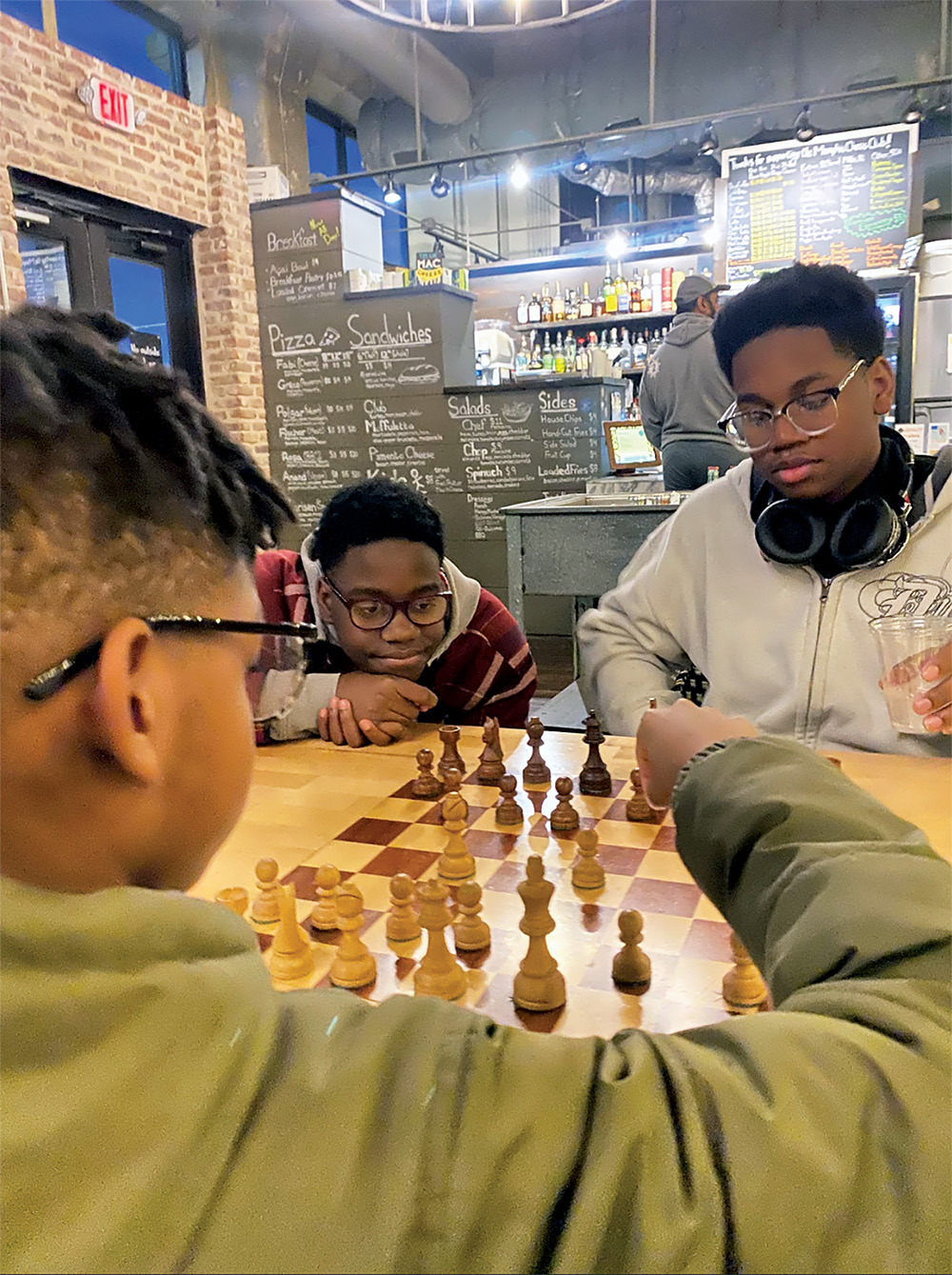
Sunday — Memphis Chess Club
My kids enjoy a good game of chess. Scratch that … some of my kids enjoy a good game of chess. No, let’s try again … some of my kids enjoy a good game of chess as long as it’s accompanied by pizza. And there’s only one place in Memphis where they can get both a chess game and pizza. Memphis Chess Club! Upon entering, we place our order: one medium Fabi (cheese) pizza, one medium Greco (pepperoni), a basket of fries, some mac-and-cheese, a huge cinnamon roll, and a couple of beers for the adults. Next, we head to the game wall. We grab a couple of bags of chess and some random board games. Memphis Chess Club has too many games to name.
Since we are frequent flyers of the Memphis Chess Club, we have the family membership. This allows us to play all board games for free, which usually costs $5 a visit. We also get 10 percent off of everything we order! But most importantly, my kids and I can attend all chess classes for free.
But let’s get real. That’s not my favorite thing about the Memphis Chess Club. (Sidebar: I’m a pretty average player and proud of it!) They have this thing where you can ask them for a random cocktail and receive 10 percent off. A drink that contains alcohol and a discount?! What more could I want? Go to the cashier and say you want a random cocktail. They will swivel their register thingy around to you and you will push a button. That button will then randomly give you a number. That number coincides with the cocktail you will receive. It’s the best surprise ever!
Enjoy Memphis!
Patricia Lockhart is a native Memphian who loves to read, write, cook, and eat. Her days are filled with laughter with her four kids and charming husband. By day, she’s a school librarian and writer, but by night … she’s asleep. @realworkwife @memphisismyboyfriend



